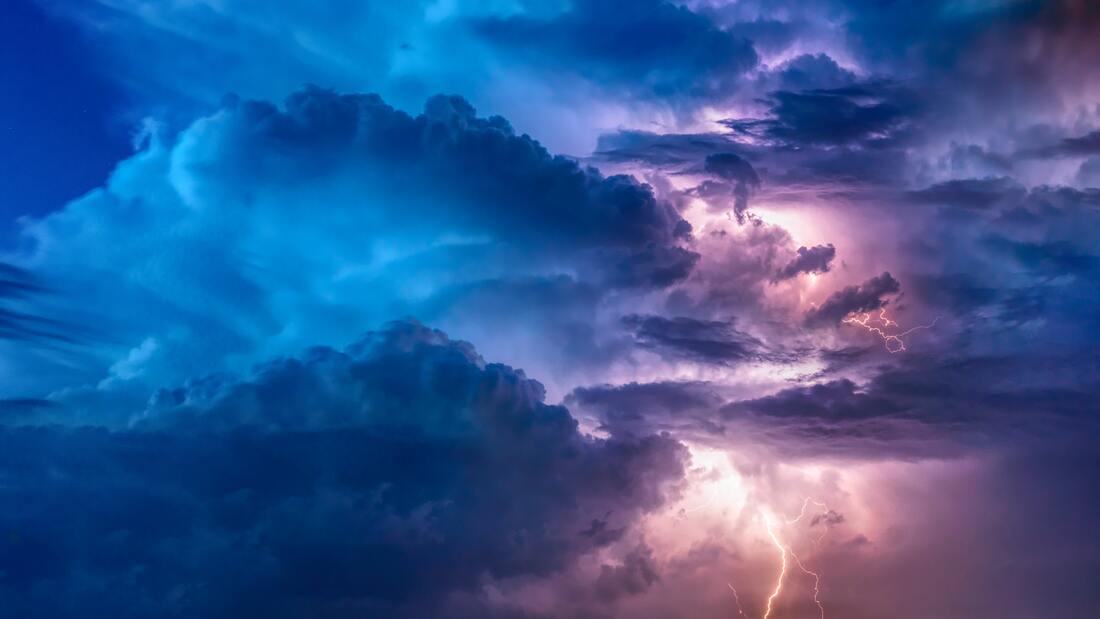Luke 21:20-28 The conclusion to the eschatological discourse focuses on the need to prepare for the coming of the Son of man on clouds after people see the signs in the sky (Didache). Christ comes in a cloud to cover the mystery of his heavenly descent, like the presence of God in the Old and New Testaments (Ambrose). “Son of man” is the title most associated with Jesus in his passion. Now the crucified and glorified Christ comes from heaven (Augustine). When believers see him coming, they know that that the dead are about to be raised and they will receive the glorious body promised in the resurrection of all flesh (Cyril of Alexandria). The coming of the Son of man only intensifies the fear of unbelievers, for people will wither from suffering, and fear is a sign that the end is near (Augustine). Many today associate Advent readings almost exclusively with the coming of baby Jesus and discourses on his incarnation. Our Lord’s first Advent, of course, has much to do with both. And make no mistake about it, that is reason to rejoice! But, in the early church, Advent was understood to also be a time of penitence. Reflections during the season of Advent included both the first and second coming of Christ.
Today’s Scripture highlights his second coming. It’s an unsettling portrait painted by our Lord, one we often forget is in the New Testament, or at least in the Gospels. Yet here it is. When Jesus spoke these words, the fall of Jerusalem was about four decades away. When Jesus would return in clouds of glory, only the Father knew. That remains true today as well. Yet Jesus makes the point to his first-century hearers, and us as well, that signs will attend his return and we ignore them at our peril. In fact, many of the readings throughout Advent remind us that the surest way to be ready for Christ’s return is never to not be ready, pardon the poor grammar. As the Boy Scout motto declares, we must always “be prepared.” And when Christians see the signs of eternity intermingled with signs of the times, we should recognize that the time of our redemption draws near. And whether Christ comes in the middle of this paragraph, five years from now, or whenever our last day will be, we must live each day as though it is our last, knowing we will live in God’s unveiled presence forever. We shall see him as he is, and it will be glorious. It will be beautiful. I’m paraphrasing C.S. Lewis, but he said the return of Christ and the end of all things as we know them will bring intense joy or intense terror. Those of us who know Christ will experience no condemnation, for our sins have already been condemned when Christ took upon himself our judgement. Those who depend upon themselves and their own righteousness, or who reject the idea of needing to be righteous in the first place, will find themselves judged by the King of kings and Lord of lords, without the slightest hint of concern for what their preference will be on that Day. One of my mentors has said often that every Christian should have two days marked on their calendar: today and that Day. Christ will return in glory. He will carry the sword of justice. Grace is for today. Today is the day of salvation. Therefore, entreat your loved ones, coworkers, neighbors, and others not to put off turning to Christ in trusting faith. He calls to them even now. They too can enjoy the assurance and delight of knowing their judgement has also been atoned for by the cross of Christ. They can rest each night knowing they’re guilt has been forgiven and their consciences cleansed. They can simultaneously be thrilled and humbled in knowing they will experience no condemnation, but only eternal fellowship, rest, and joy with the One who loves them with a perfect love.
0 Comments
Leave a Reply. |
Devotions, Prayers,
|

 RSS Feed
RSS Feed